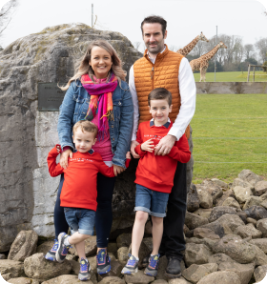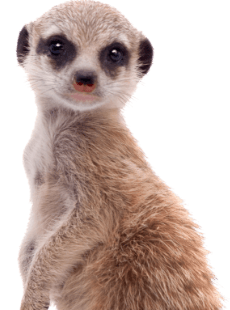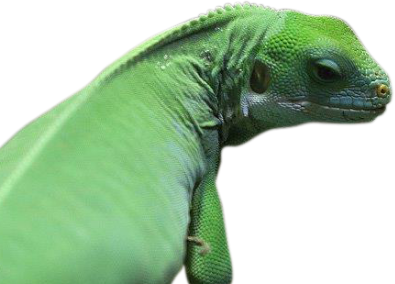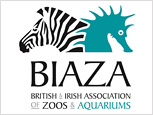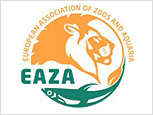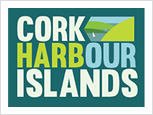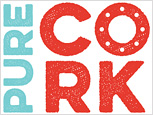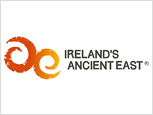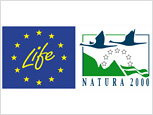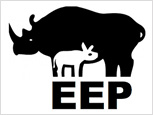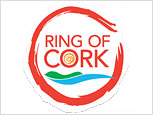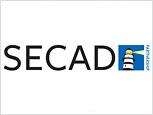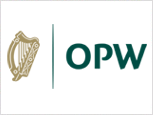Humboldt Penguin
KEY FACTS
-
LATIN NAMESpheniscus humboldti
-
BIOMEOceans
-
CLASSBirds
-
ORDERBirds
-
CONSERVATION STATUSEndangered
COME AND FIND ME AT..
The Lake

About the Humboldt Penguin
Clumsy on land but effortless swimmers in water, the Humboldt Penguin is one of the Park’s most popular animals. The bird’s torpedo-shaped body is designed for moving efficiently through water where, with the help of wings and webbed feet, it can reach speeds of nearly 50kph. In contrast, the Penguin is a slow, flightless creatures on solid ground.
The Humboldt is a medium-sized Penguin that averages about 70 cm in length and weighs between 3.5 and 6kgs. Its distinctive black and white colouring, striped like a Killer Whale, is thought to confuse fish while hunting for food.
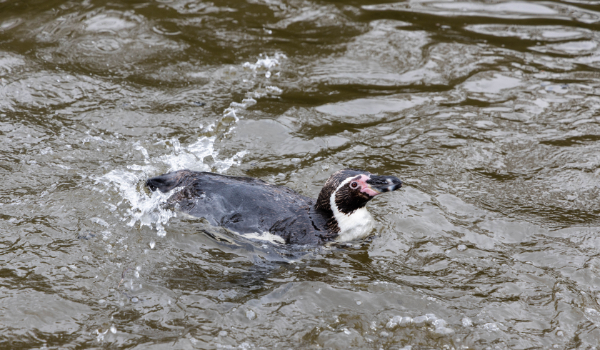
Habitat
Penguins live in communal nesting colonies where males and females mate for life. Both parents are responsible for incubating the eggs and feeding the newborn chicks once they hatch, and the young are initially covered in a brownish-grey down. They recognise their parents by sight and sound.
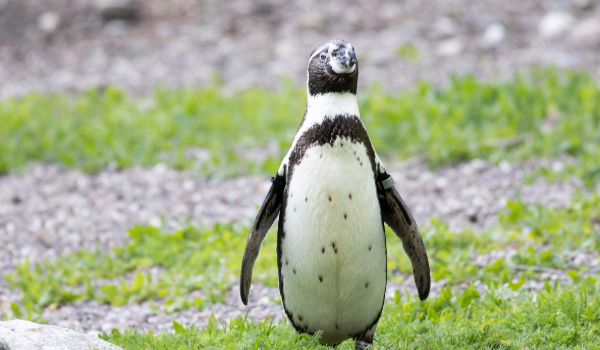
Wild Notes
Sharing its name with the chilly Humboldt current that flows north from Antarctica along the Pacific Coast of South America and many of the coastlines the bird calls home, its diet is made up of anchovies, sardines, squid and crustaceans such as shrimp and krill. It doesn’t drink water but, like all Penguins, has a special gland that removes salt from the seawater it consumes naturally while swallowing prey.
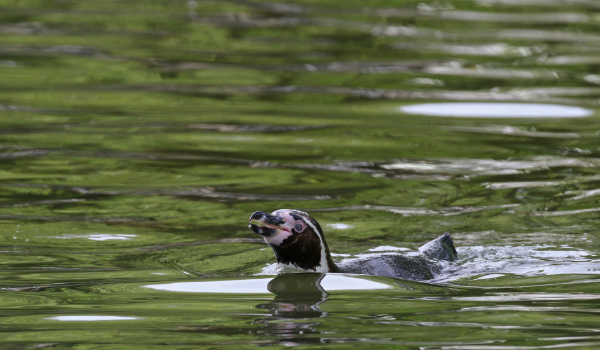
Conservation
Changes to the cold, nutrient-laden current that moves up from the south and into the Pacific Ocean is having a considerable effect on the Humboldt Penguin’s environment and, significantly, its prey. Over fishing and ocean acidification are also threats and the population in the wild is now thought to number between just 3,300 and 12,000 individuals.
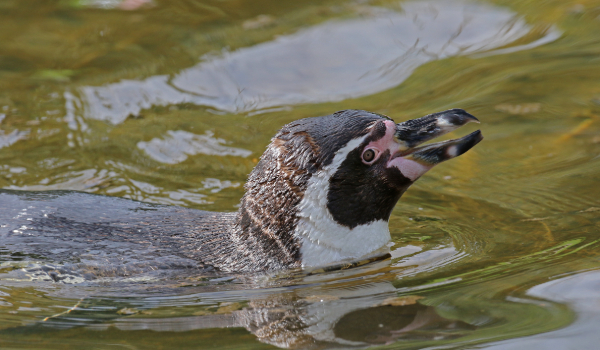
Did You Know?
Fossilised remains of giant Penguins over five feet tall have been found in Antarctica. There are 18 penguin species in total, all of which live in the Southern Hemisphere, and the Humboldts belong to the Jackass group of Penguins as their call sounds like a braying donkey.
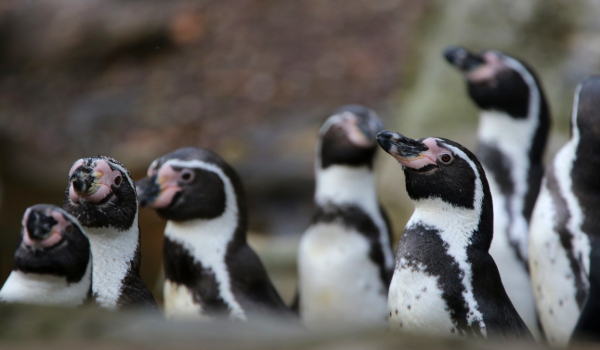
The Fota Connection.
The Park’s Penguins are mainly fed Spratt, which are very similar to the fish they would eat in the wild. Their Fota habitat is connected to Cork Harbour, which provides the birds with natural sea water, and the numbers in Cork continue to grow following another influx of birds from Belfast Zoo. Chicks born in Cork are often separated from the rest of the group to ensure they get enough to eat initially and that they become familiar with our keepers.

